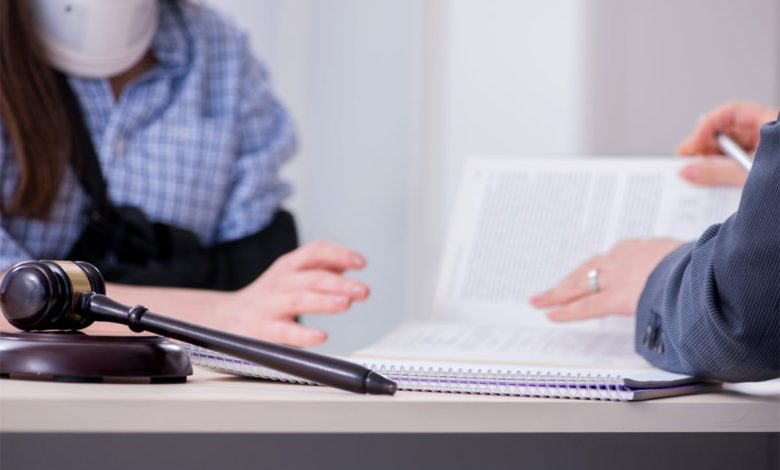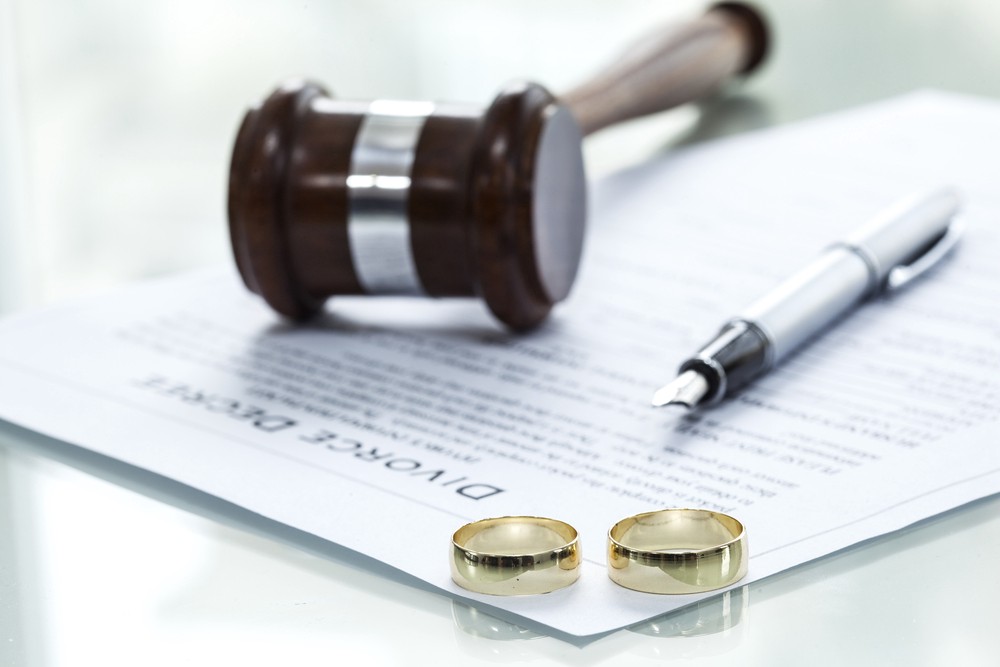
What is the Process of a Personal Injury Case?
Personal injury cases are based on negligence or direct or indirect actions that cause injuries to another party. For example, the cases could present a legal avenue for victims of medical malpractice, premises or product liabilities, and auto accidents. Victims learn more about the process and what is expected to get started by reviewing the case with an attorney.
1 Identify the Statute of Limitations
Each state has its statute of limitations for personal injury cases, and the case type and the defendant could reduce the time the claimant has to start the lawsuit. In Illinois, the victim has two years from the date of the event that caused their injuries to start a lawsuit.
If the person doesn’t start a claim before the deadline, the victim forfeits all rights to seek damages from the responsible party. However, if the defendant is an elected official, the statute of limitations could be reduced to one year. Victims who need answers about the personal injury lawsuit timeline get started by contacting an attorney now.
2 Present Evidence to an Attorney
Before the plaintiff files the lawsuit, an attorney must review all the evidence available and determine if the case is viable. A lawsuit requires evidence that connects the defendant to the event that caused the victim’s injuries.
If an auto accident causes injuries, the defendant must be the at-fault driver. If the injuries happened during a medical procedure, healthcare records must show the injuries, how the injuries occurred, and pinpoint a negligent act.
3 Review Applicable Laws for the Case
Terms and conditions could apply to the cases, such as regulations that lower the option to sue. Circumstances in medical malpractice cases could dismiss the case altogether. Therefore, all applicable laws or guidelines must be considered when building the case. Using medical malpractice as an example, the claimant learns that if the injuries resulted from a surgical risk disclosed to them by the doctor before the procedure, the victim doesn’t have legal grounds to sue.
A known risk is not a medical mistake but a proven outcome that has occurred previously with the same medical treatment. By disclosing the risks, the doctor gave the patient a choice to have the procedure after knowing all risks.
4 Do You Need Witnesses?
Witness testimony could provide some support for the claimant’s lawsuit. The case type defines what testimony is required, and attorneys for both parties can depose the witnesses to evaluate their statements. For example, the defendant could testify in medical malpractice, and a doctor with the same credentials testifies about the injuries and how the wounds could have been avoided.
5 Could Comparative Fault Rulings Apply?
Comparative fault rulings primarily apply in auto accident cases, and the issue could be dismissed if the victim is more than 50% at fault. For example, if the victim commits a moving violation, the court applies a particular responsibility. The same rulings could be used in product or premises liabilities if the plaintiff’s actions contributed to causing the injuries.
Personal injury laws help victims seek compensation for their injuries and economic losses. Under regulations, plaintiffs can sue the responsible party and get their medical costs covered, acquire lost wages, and possibly punitive damages depending on the case type. By talking to an attorney, the victim learns where to start.













